I struggle with creating a shields.io badge which changes color dynamically.
I am able to use the JSON response to parse a text into a badge and set the color to orange:
https://img.shields.io/badge/dynamic/json.svg?label=custom&url=https://jsonplaceholder.typicode.com/posts&query=$[1].id&colorB=orange
Works well...
However, I want to change the color according to a rule. I might return the HEX color in JSON as well to be parsed into the badge. I tried the public API to get a random color and test the behavior:
http://www.colr.org/json/color/random
I get the first randomly get color with JsonPath $.colors[0].hex and place it o the badge URL as both as the dynamic value and color:
https://img.shields.io/badge/dynamic/json.svg?label=custom&url=http://www.colr.org/json/color/random&query=$.colors[0].hex&colorB=$.colors[0].hex
Regardless of the randomly chosen color, the result is always somehow green (the last generated result was #D0BB79:
I would expect something like this which correctly matches the #D0BB79 color:
How to make the color dynamic as well? The sample dynamically colorful badges are provided with Coveralls.io, Codecov.io or SonarCloud.io.



